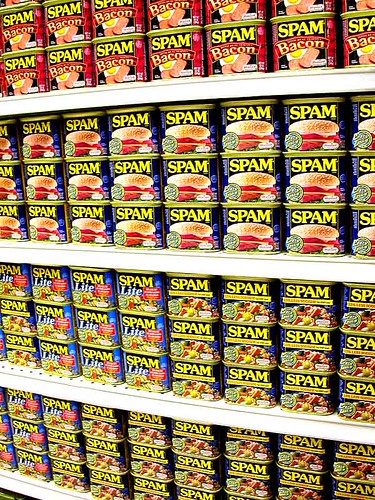Accessibility:
It’s What A Web Site Is All About
Accessibility, when discussing web sites, includes a number of factors: easy navigation, understandable site text, no dead ends requiring a browser back click to escape (lots of users don’t even know browsers HAVE a back click).
Let’s start with the bottom line- yours: the easier it is for a site visitor to perform the most desired action (MDA), the more times that MDA will be performed.
Let’s Start With Navigation
Whether you go with a navigation bar at the top of the screen or a menu list in the first column far left, your navigation must be:
- simple
- unambiguous
- truthful
- always available
- always in the same location
Avoid numerous tabs, drop-down or flyout menus. Keep it simple. If visitors are faced with too many choices too soon on arriving at the site, chances are they’ll bounce.
Keep the navigation unambiguous. It’s routine to have a "Contact Us” page on a web site. If you label the contact link “Company Authority,” visitors are going to be totally confused. And again, bounce.
Truthful is just what it says. If the link says “Product Descriptions,” don’t make the visitor read through another landing page of sell copy. Deliver what the link says and go directly to the products.
Always available is an aspect of keeping visitors on site longer, and the longer they stick around, the more likely they are to perform the MDA. So, the navigation bar or menu should be available from every page so the visitor can surf at will, unencumbered by what YOU think the visitor wants to know.
Finally, keep the nav tabs in the same place. Don’t move them from bar to menu and back to bar. The last thing you want is a visitor trying to figure out how to return to the contact page to make contact.
Keep it simple. The fewer clicks required to get the visitor to perform the MDA, the better. So, go through the process and eliminate every unnecessary side road, dead end and yet another landing page.
Accessible Content
If your client site is for a professional medical dispenser, you can assume that the visitors have some knowledge of the subject, i.e. you don’t have to start from square one. But you still have to stay on target pointing out the benefits of buying the client’s medical products.
On the other hand, if you’re writing text for a hearing aid retail outlet, accessible text is understandable by the reader. So first, toss the thesaurus. Find the simplest, shortest way to say what needs to be said about products and services.
Be helpful and supportive to the new visitor. Make things simple to find, simple to learn and simple to bookmark. Returning visitors are gold. Eventually they buy something so earning a bookmark is a very good thing.
Skip the hype. Educate the visitor using simple terms, no jargon and listing benefits rather than features. This is the stuff site visitors want to know.
Finally, lay out the text so it can be scanned rather than read. No big, long paragraphs. Visitors scan from upper left to lower right so put your most important info upper left on the screen.
The easier it is to buy something, opt-in for a newsletter, or to complete a form, the more often those MDAs are performed. So make it as simple as possible (why do you think Amazon offers a one-click checkout? How easy can it be?).
Accessibility benefits both site owner and site visitor – a win-win. Also a no brainer.



